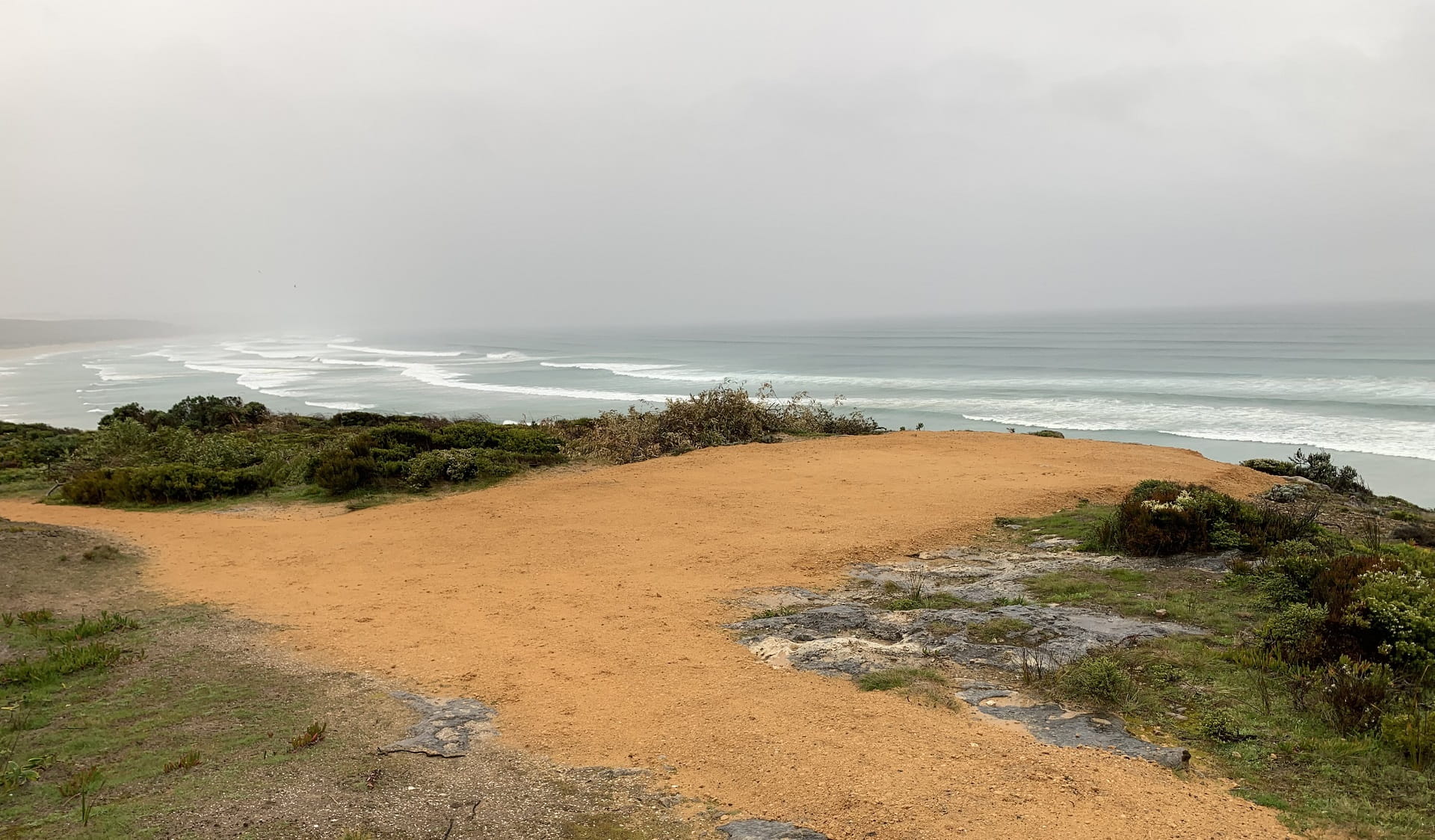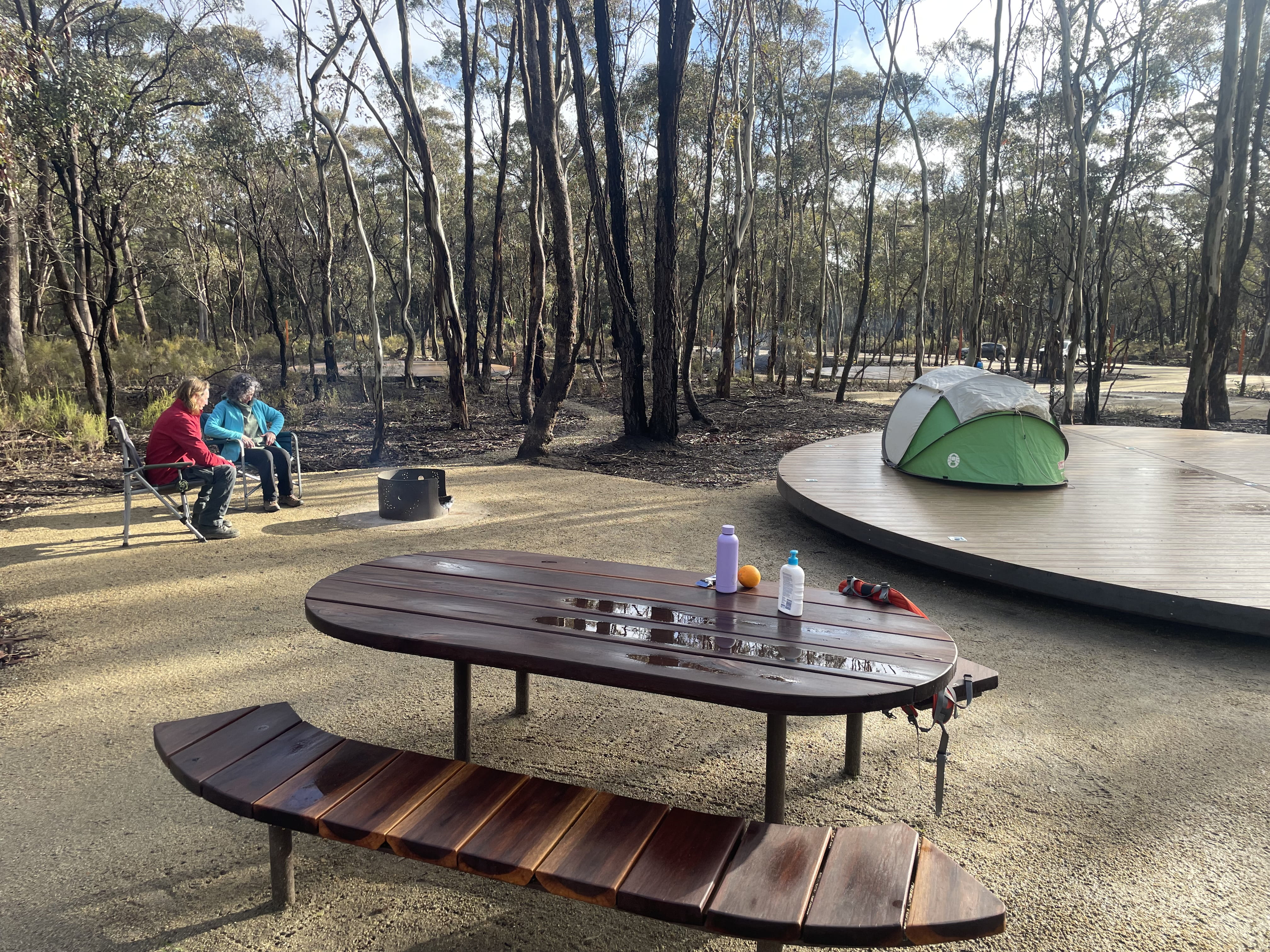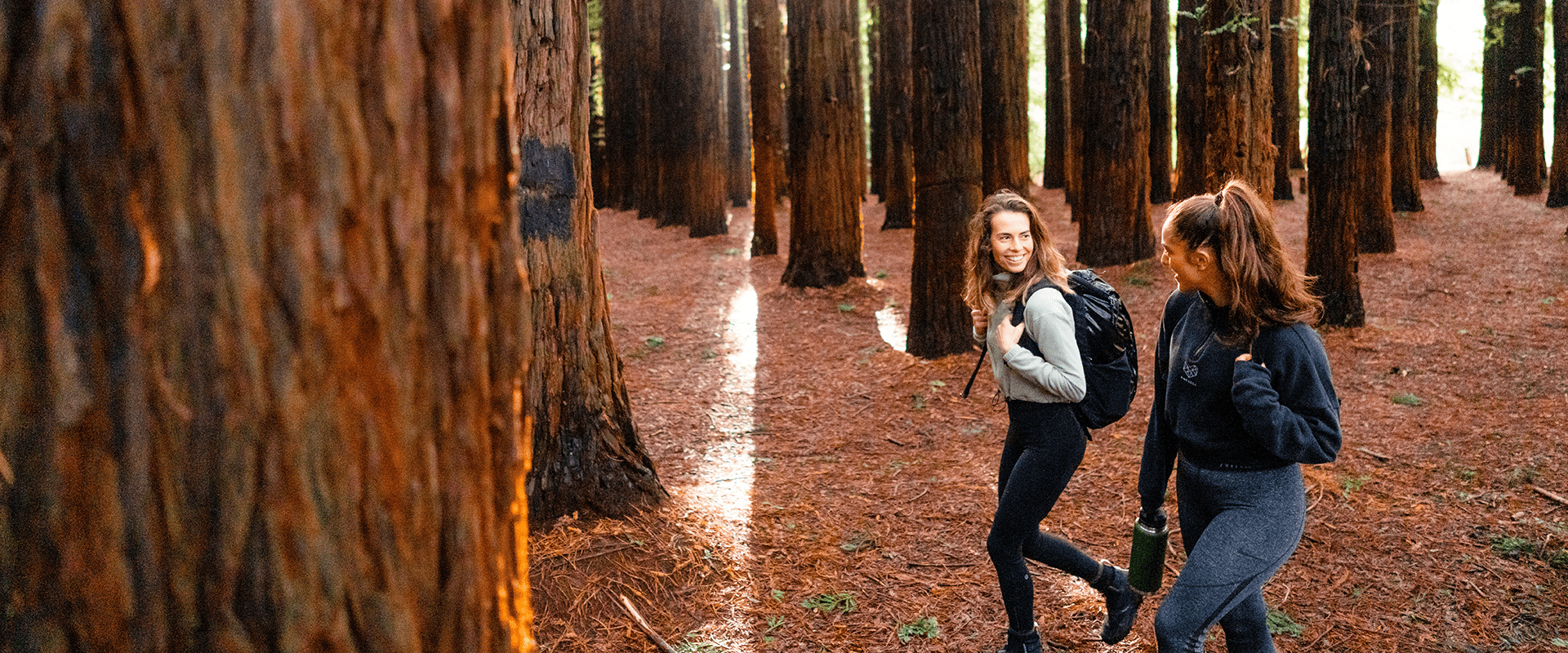Discover an underwater world
If you're looking for the best places to see underwater ecosystems and encounter marine wildlife, look no further! We've rounded up some of the best ways to explore marine protected areas. So, pack your togs, wetsuit, a mask and snorkel and head to the coast!
While there are a lot of great places to see, always plan your marine park exploration with safety in mind. Many of Victoria's marine protected areas are in exposed locations where local weather and sea conditions need to be carefully considered before getting in the water. Always dive or snorkel with a buddy and stay within your skill limits.
If you're new to snorkeling and diving or want to improve your skills, we recommend contacting a licensed tour operator. Their expert instructors know the best local spots to see amazing marine wildlife and have all the right gear to get you in and out of the water safely.
Bring your snorkelling gear
There are many great places to snorkel in Victoria and some of the most accessible are in Port Phillip Bay.
Ricketts Point Marine Sanctuary is Melbourne's most accessible snorkel spot. Explore the walls along the shoreline and the rubble at the edge of the reef for a wide variety of fish and invertebrate life. There is also a wheelchair friendly access ramp.
Snorkellers at Point Cooke Marine Sanctuary can explore two Heritage-listed shipwrecks. Many small fish and invertebrates can also be seen on the rocky reef.
Enjoy the tranquility at Jawbone Marine Sanctuary. Snorkel over a wide range of habitats including seagrasses, boulders and local kelp forests. While you're there, make sure to take the time to explore the rockpools.
Snorkel the reef under the Point Lonsdale lighthouse to check out the amazing Giant Kelp forests and seagrass beds at the entrance to Port Phillip Bay.
You may be surprised to also learn that the piers and jetties in Port Phillip Bay are home to an amazing array of marine life. The pylons under Rye Pier are home to colourful sponge gardens and in winter Giant Spider Crabs often aggregate here in huge numbers. Flinders Jetty is one of the best places in the world to see Victoria's iconic and mysterious marine emblem, the Weedy Seadragon.
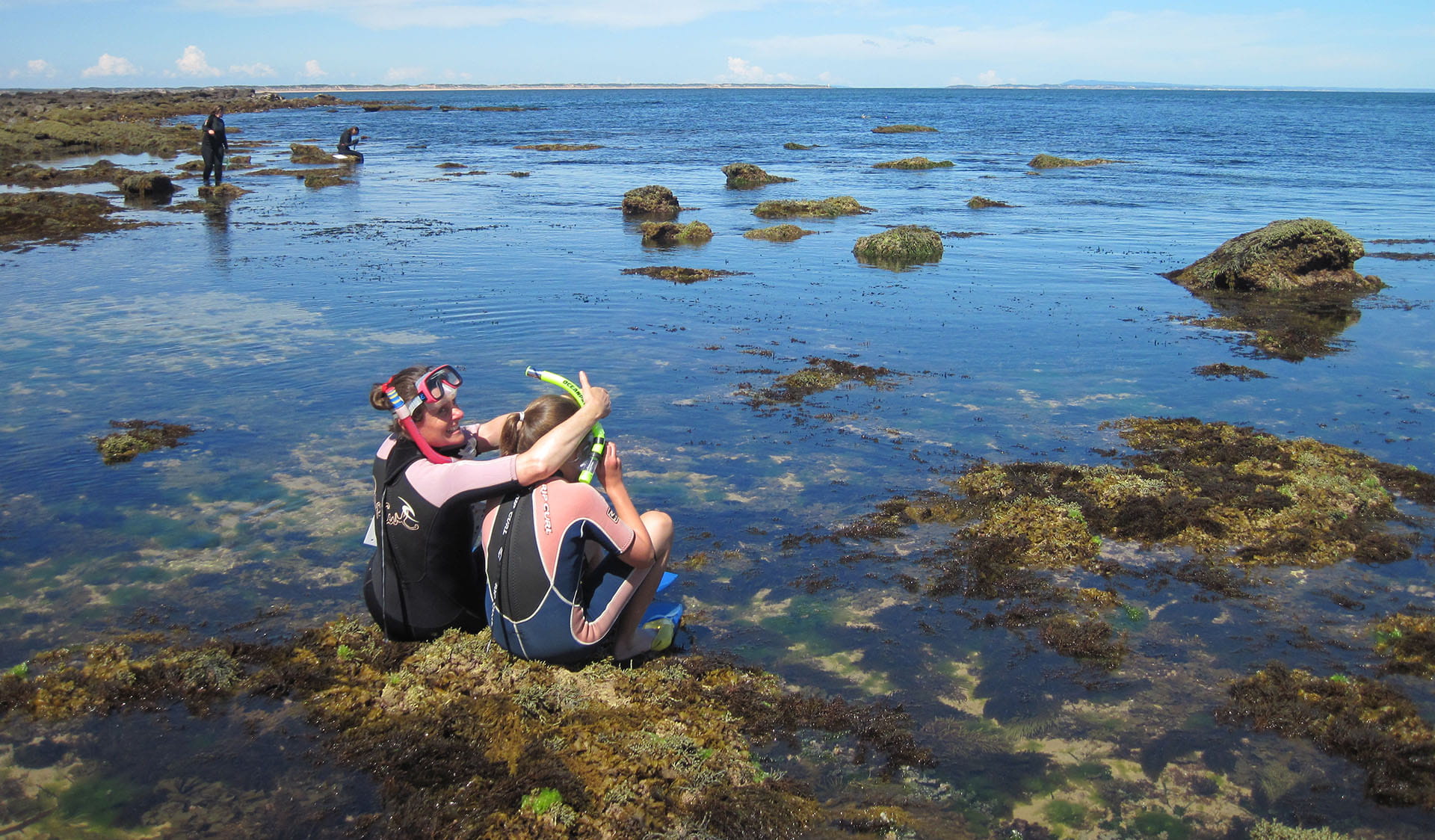
Immerse yourself with a dive
Diving in Victorian waters, especially our marine protected areas, provide outstanding opportunities to see a wide range of marine life, much of which is unique to our part of the world. Visitors can join licenced tour operators, visit with a dive club, or simply take your own boat or walk in from the shoreline. Remember, the water is often chilly, and divers should be well trained and prepared before heading out.
Wilsons Promontory Marine National Park is one of the world's greatest diving destinations, hosting an impressive array of marine life on granite walls that plunge below the surface. This park is Australia's first Blue Park, a group of marine parks around the world recognised for their importance to marine conservation. It is is renowned for its diverse and healthy marine ecosystems and spectacular wildlife including large colonies of Australian Fur Seals and seabirds.
Subtidal reefs at Point Lonsdale, Point Nepean, Pope’s Eye, and Portsea Hole in Port Phillip Heads Marine National Park are also rated internationally as among the best diving spots in the world for their walls of colourful invertebrates, an incredible variety of fish, and the occasional wildlife encounter with inquisitive Australian Fur Seals.
Beware Reef Marine Sanctuary offshore from Cape Conron in East Gippsland is another brilliant dive location that picks up the edge of the warm East Australian Current. With three shipwrecks, kelp forests, spectacular reefs, and more than 100 species of fish recorded by local volunteers, there is plenty for divers to enjoy.
Near to the world famous Twelve Apostles is an area off Port Campbell known as the Arches Marine Sanctuary which contains spectacular cathedral like arches of sandstone that make for a great dive location when seas are calm.
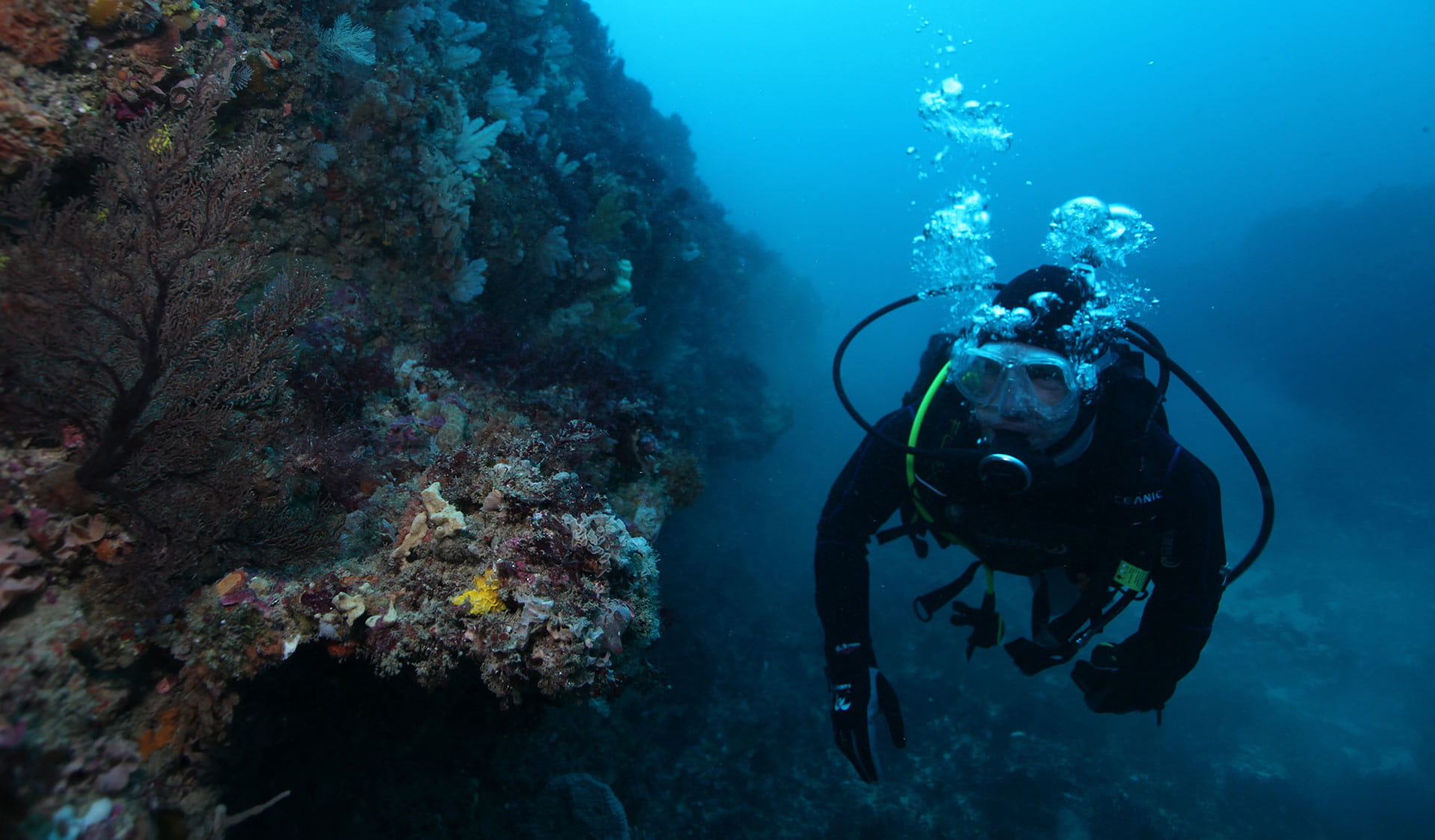
Don't want to get your hair wet?
You don't have to be on or under the water to enjoy our diverse marine environments. Our marine and coastal parks offer plenty of opportunities to observe nature while staying on land. Try mudflat wading, rockpooling or beach walks.
Explore the rock platforms at Point Cooke Marine Sanctuary, Point Lonsdale and Mushroom Reef Marine Sanctuary. Or head to Jawbone Marine Sanctuary near Williamstown to find wildlife hiding between the boulders. Ricketts Point Marine Sanctuary often has fantastic rockpool rambles conducted along the shore, and it is an ideal place for families to learn more about our fascinating marine environment.
Joining a Junior Rangers program is a great way for kids to learn about marine environments with a ranger. These programs run every school holidays in parks throughout Victoria.
Take it all in with a walk along the coastline. The George Bass Coastal Walk at Yallock-Bulluk Marine and Coastal Park offers stunning coastal views. Beach walking around the bluff at Barwon Bluff Marine Sanctuary is a great way to see the entire sanctuary and views over Bass Strait. A section of the 250km Great South West Walk traverses the coastline of Discovery Bay Coastal Park where you can get great views of the Southern Ocean and marine national park at the platforms and lookouts along the way. The Great Ocean Walk starts at Apollo Bay and much of it is runs along the wild Otway coastline's cliffs and beaches and finishes with spectacular views of the Twelve Apostles.
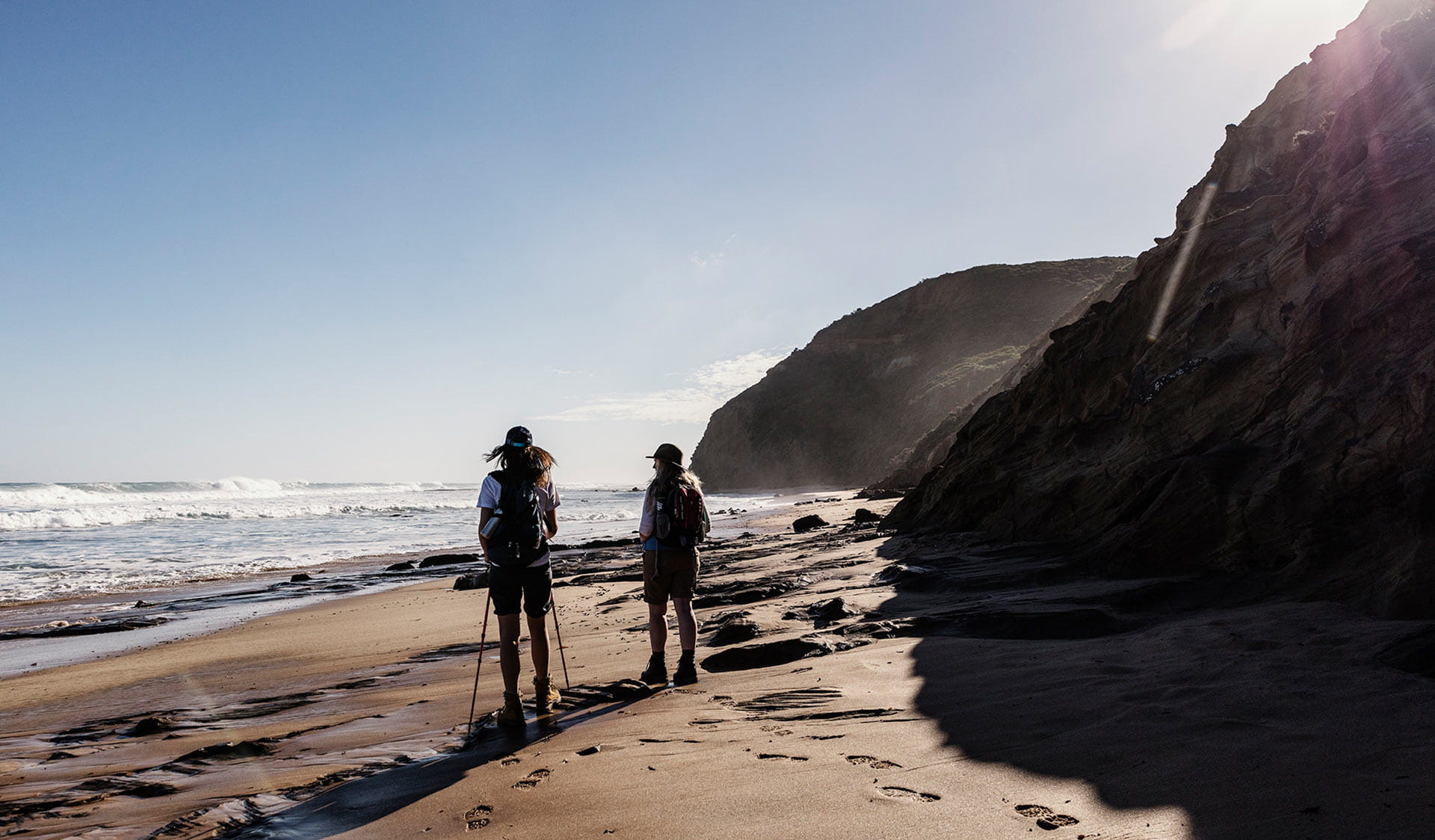
Go wildlife watching
For whale watching, Cape Nelson Lighthouse Reserve is a great spot. In the winter, you can spot Southern Right Whales and, in the summer, enormous Blue Whales. Humpback Whales can also be seen here, leaping high out of the water.
Bottlenose Dolphins are seen in groups or pods, along the whole of the coastline. This includes Port Phillip Bay, Western Port and Gippsland Lakes.
The Seal Colony Viewing Platform at Discovery Bay Coastal Park looks out over rocks and down to a colony of Australian fur seals, which is the largest seal colony on the Australian mainland.
Joining a wildlife watching tour with a licensed tour operator is another great way to catch a glimpse of marine mammals. In Port Philip Bay tour operators can take you to visit and even swim with wild seals and dolphins, whilst at the Prom, tour operators provide an unforgettable experience exploring the southern-most tip of Australia by fast boat.
Birdwatching is a popular and rewarding pastime in coastal areas. Head to Discovery Bay Coastal Park, Merri Marine Sanctuary or Marengo Reefs Marine Sanctuary. The high cliff tops of Eagle Rock Marine Sanctuary and Point Addis Marine National Park make viewing seabirds easy.
The Marine National Parks of Western Port – Yaringa Marine National Park, French Island Marine National Park and Churchill Island Marine National Park – are one of the world's most valuable areas for international migratory water birds.
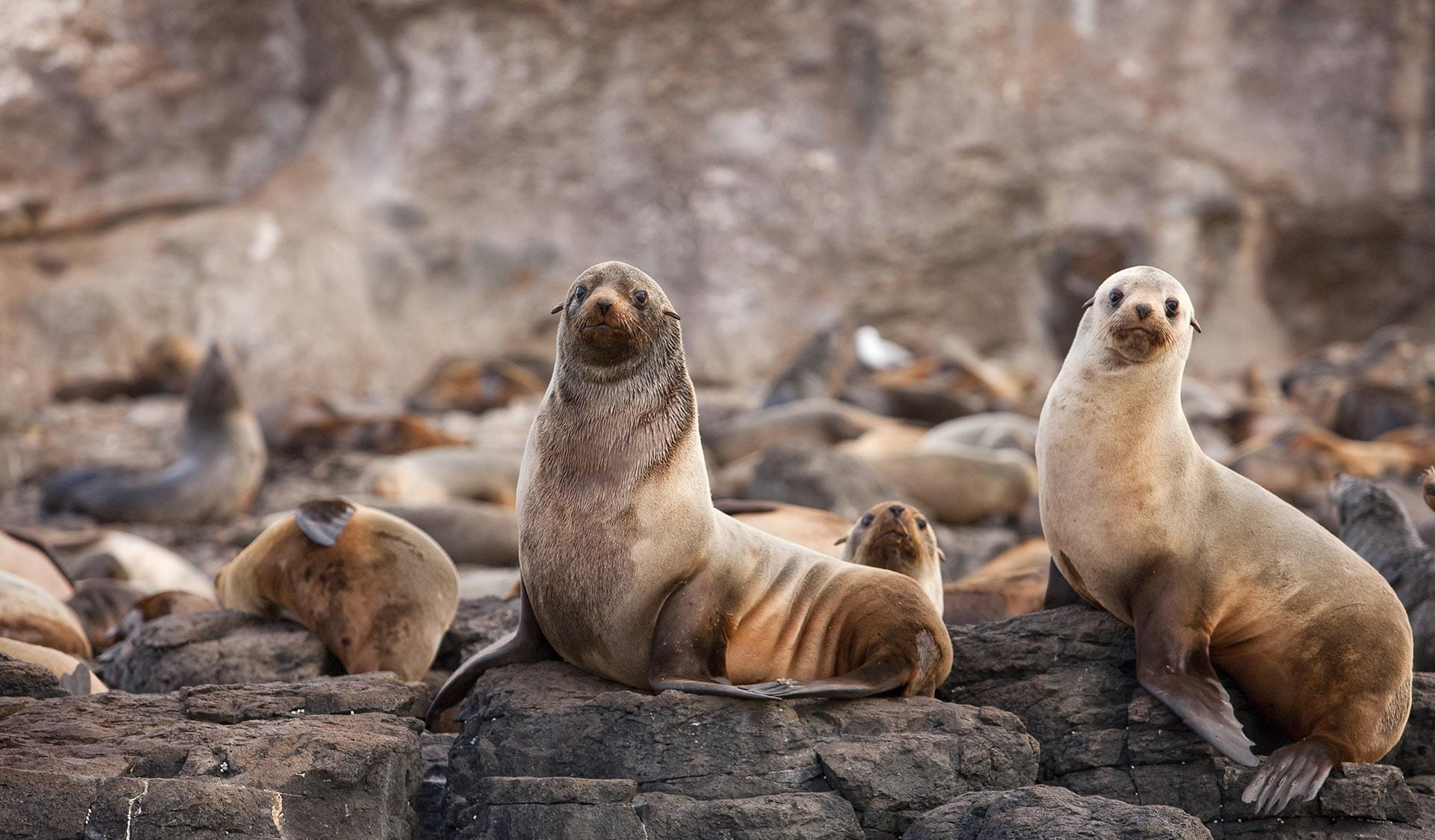
Want to learn more about marine protected areas? Read about the unexpected things you may find there and meet some of Victoria’s unique marine life.


